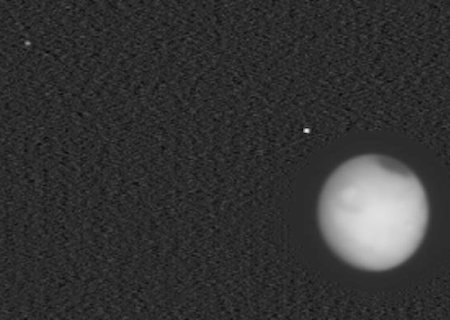India and China complete launches
Two more launches today. First, India’s space agency ISRO successfully placed a joint NASA-ISRO radar satellite into orbit, its GSLV rocket lifting off from its Sriharikota spaceport on the eastern coast of India.
This was India’s first fully successful launch in 2025. On the first launch in January, the GSLV rocket performed as planned, but the satellite’s own engines failed to put it into the right orbit. Then in May the third stage of its PSLV rocket failed during launch.
Next China placed the sixth group of nine satellites for one of its mega-constellations designed to compete with Starlink, its Long March 8A rocket lifting off from its Wenchang coastal spaceport.
The leaders in the 2025 launch race:
94 SpaceX
40 China
10 Rocket Lab
9 Russia
SpaceX still leads the rest of the world in successful launches, 94 to 70.
Two more launches today. First, India’s space agency ISRO successfully placed a joint NASA-ISRO radar satellite into orbit, its GSLV rocket lifting off from its Sriharikota spaceport on the eastern coast of India.
This was India’s first fully successful launch in 2025. On the first launch in January, the GSLV rocket performed as planned, but the satellite’s own engines failed to put it into the right orbit. Then in May the third stage of its PSLV rocket failed during launch.
Next China placed the sixth group of nine satellites for one of its mega-constellations designed to compete with Starlink, its Long March 8A rocket lifting off from its Wenchang coastal spaceport.
The leaders in the 2025 launch race:
94 SpaceX
40 China
10 Rocket Lab
9 Russia
SpaceX still leads the rest of the world in successful launches, 94 to 70.












